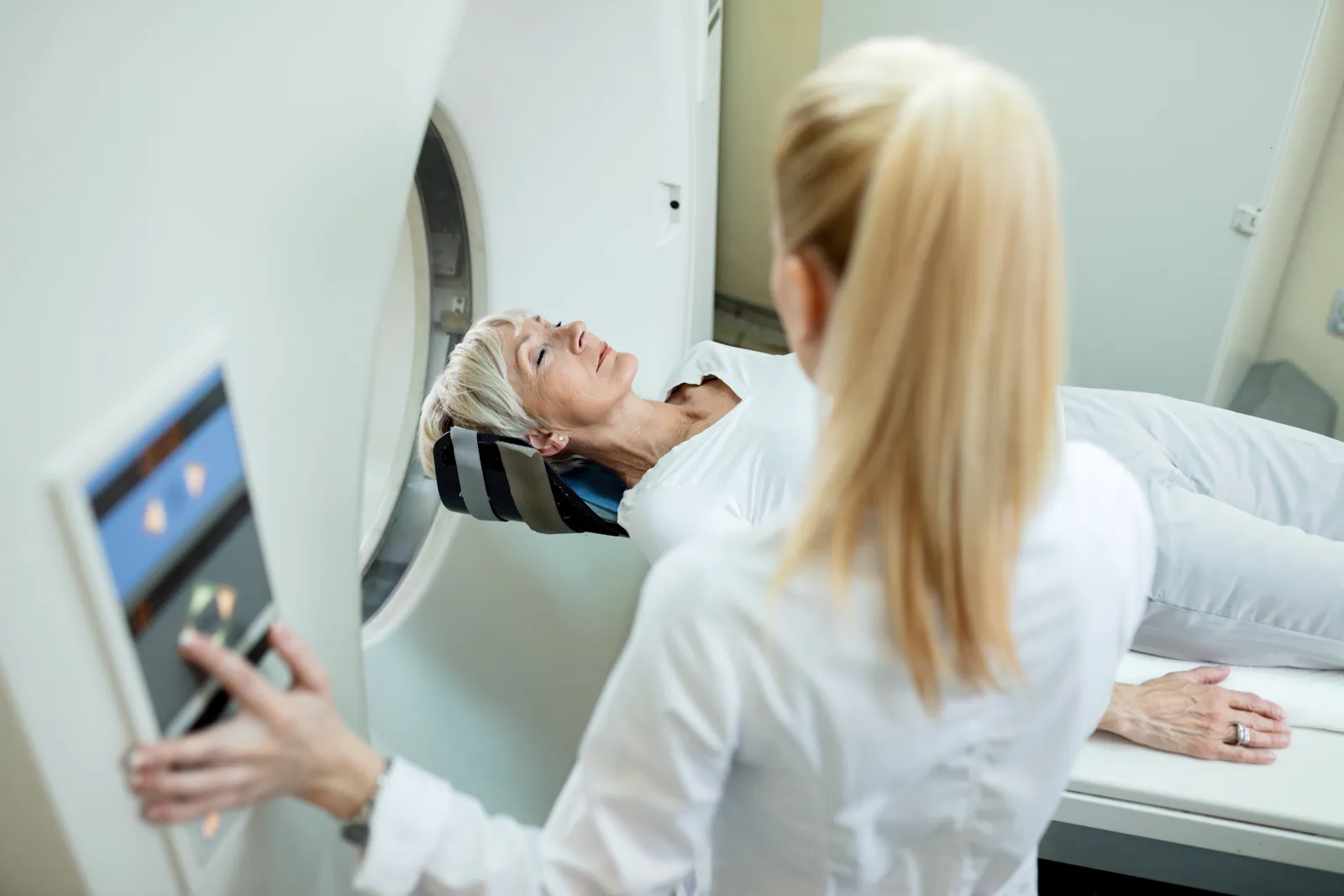Lung cancer is the leading cause of cancer death among both men and women in the United States. Each year, about 218,500 people in the United States are told they have lung cancer, and about 142,000 people die from the disease. It begins in lungs and may spread to lymph nodes or other organs in the body, such as the brain. Cancer from other organs also may spread to the lungs.
November is National Lung Cancer Awareness Month. The following article will discuss risk factors for developing lung cancer, how to lower those risks, and most importantly - discuss the importance of early detection in treating and beating lung cancer through screening.
Risk Factors
Research has found several risk factors that may increase your chances of getting lung cancer. The top three factors are:
Smoking. Cigarette smoking is the number one risk factor for lung cancer, responsible for 80% - 90% of all lung cancer deaths. People who smoke are 15-30 times more likely to get - and die - from lung cancer than non-smokers. Second-hand smoke inhaled by non-smokers also raises the risk of developing lung cancer.
Radon. Radon is the second leading cause of lung cancer in the U.S. Radon is a naturally occurring gas that forms in rocks, soil, and water. It cannot be seen, tasted, or smelled. When radon gets into homes or buildings through cracks or holes, it can get trapped and build up in the air inside. People who live or work in these homes and buildings over long periods of time, have a significantly increased chance of developing lung cancer.
Personal or Family History. If you are a lung cancer survivor, there is a risk that you may develop another lung cancer, especially if you smoke. Your risk of lung cancer may be higher if your parents, brothers or sisters, or children have had lung cancer.
Lowering Your Risk
While the factors listed above put individuals at high risk for lung cancer, it is possible to significantly lower the risk by addressing each factor. For example, the most important thing you can do to prevent lung cancer is to not start smoking, or to quit if you smoke. Likewise, getting your house regularly tested for Radon can also reduce the risk of developing lung cancer.
Lung Cancer Screening
As with most health-related issues, prevention and/or early detection is often key to diagnosing and treating illness and disease. Lung cancer screening is a safe, painless process used to detect the presence of early-stage lung cancer in otherwise healthy people with a high risk of lung cancer. Early detection of lung cancer through low-dose computed tomography (LDCT) has been shown to be the most effective screening method to find cancer at an earlier stage, when it is easier to treat, leading to a decrease in lung cancer deaths. This scan is similar to a regular CT scan, but less radiation is used. During a LDCT screening, the patient lies flat on the CT table, and the machine scans over the chest area during one breath hold. It is simple, easy, safe and does not hurt. Screening using LDCT scans has been shown to decrease the risk of dying from lung cancer in heavy smokers.

Who should be screened for lung cancer?
Lung cancer screening isn't for everyone. It is recommended for people between the ages of 55 and 77 with:
- History of 30 or more smoking pack years* (*Pack years = # of packs smoked per day x number of years smoked)
- Currently smoking or quit within past 15 years
- No symptoms of lung cancer and no history of any cancer within the last five years
If you're a current or former smoker and between the ages of 55 to 77, you may benefit from a screening offered through Summit's Diagnostic Centers. Medicare and most private insurances are required to cover Lung Cancer Screening CT at 100% in these high-risk individuals. If not covered by insurance, the exam may be performed on a self pay basis If you need help quitting smoking, Summit also offers free smoking cessation resources. Call 865-212-2281 for more information.
